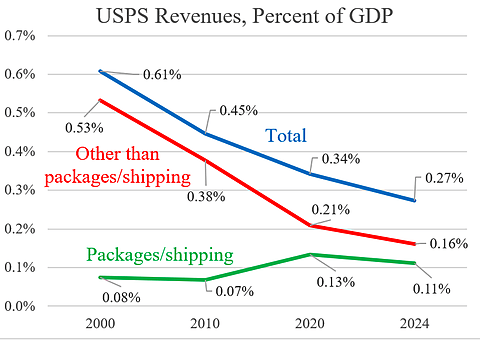Late last year, Congress passed the Pregnant Workers Fairness Act (PWFA) as part of the sprawling 2023 Consolidated Appropriations Act. The PWFA requires that employers provide reasonable accommodation to pregnant workers, and in June, the Act went into effect.
Ensuring pregnant workers are accommodated appears a worthy goal, and Democrats and many Republicans supported the legislation. Nonetheless, there are some reasons to worry about the legislation’s effects.
Pregnancy discrimination is already illegal due to the 1964 Pregnancy Discrimination Act, but the PWFA goes a step further and requires that employers provide accommodations to pregnant workers. In this way, PWFA is similar to the Americans with Disabilities Act (ADA).
The PWFA even uses the same “reasonable accommodation” definition as the ADA. Under this definition, reasonable accommodation requires employers and employees to engage in an “interactive process” to determine what constitutes an acceptable accommodation to the employee. It is subsequently unlawful for the employer to accept an alternative arrangement.
The similarity between the substance of the PWFA and ADA is significant because evidence suggests that the ADA’s reasonable accommodation language has harmed, rather than helped, its target population. For example, research suggests that the ADA reduced the employment of disabled men and women, with one study estimating ADA reduced employment rates for men with disabilities by 7.2 percentage points.
Additional research finds further adverse effects on employment. One study finds that the passage of the ADA was “associated with lower relative earnings” and “slightly lower labor force participation rates” for people with disabilities, and more recent research finds that the ADA reduced the firing of disabled workers but also reduced disabled workers’ ability to find a job.
What drove these unintended effects? One study indicates that the reasonable accommodation requirement in the ADA is particularly problematic and resulted in initial employment declines, with the requirement producing an estimated 10 percent decline in disabled employment in the years following its enactment. This is especially worrisome given PWFA includes the same reasonable accommodation requirement. Yet another study examining the ADA 20 years after its passage concluded that “unclear expectations on what constitutes appropriate accommodations for people with disabilities is likely having a chilling effect on the employment prospects of the disabled population… Reflecting an all too common irony in social policy, the ADA might be having the exact opposite effect of the intent of the legislation.”
Despite ADA’s initial effects, employment has been ticking up and unemployment has been ticking down for disabled workers in recent years. Unfortunately, that positive development is unlikely to have much to do with ADA, which is now more than thirty years past. Instead, improvements in the broader post‐pandemic labor market recovery and the increasing availability of flexible or remote jobs are likely driving this effect. For example, remote jobs allow people with disabilities to avoid lengthy or inaccessible commutes, manage their work environment, and meet medication or other medical needs privately, among other advantages.
Ideally the PWFA will not result in adverse employment effects for pregnant workers, but evidence on the consequences of ADA suggest uncertainty. For pregnant workers, policies that support a strong labor market and permit flexible and remote work are a much better bet to increase opportunity and improve work life.




